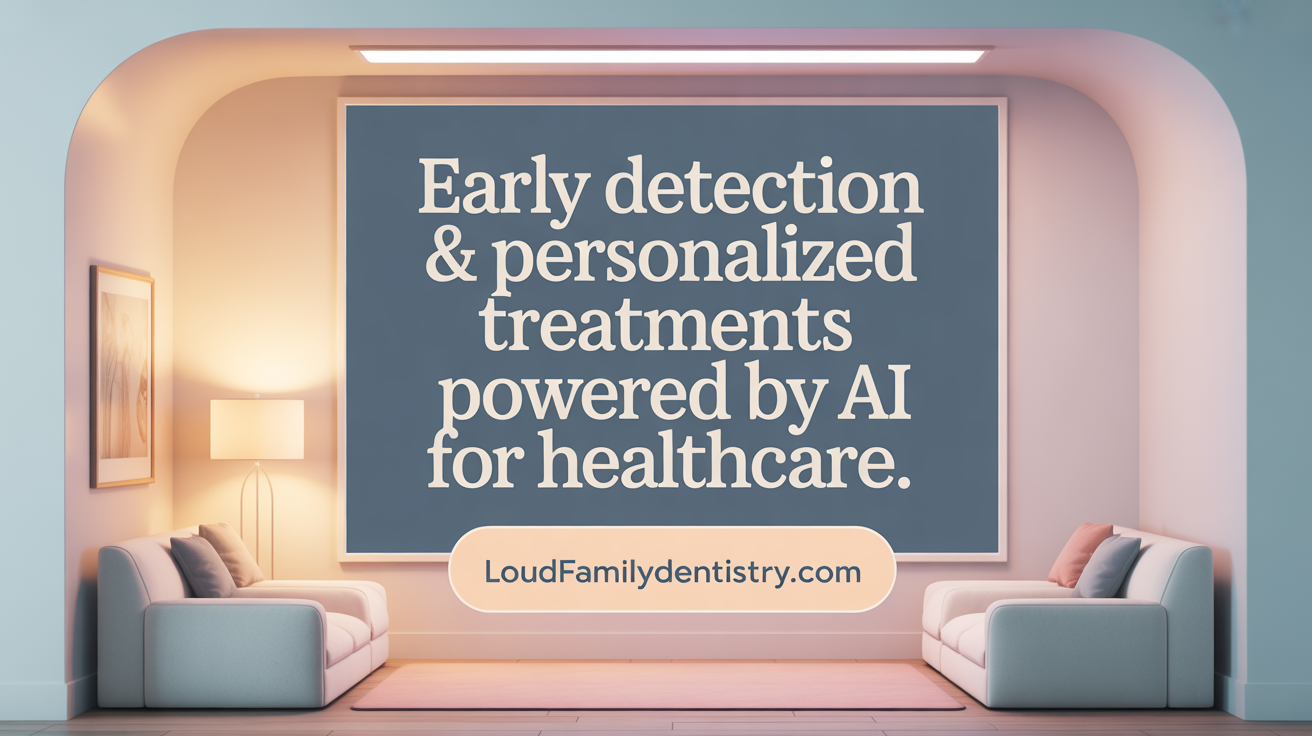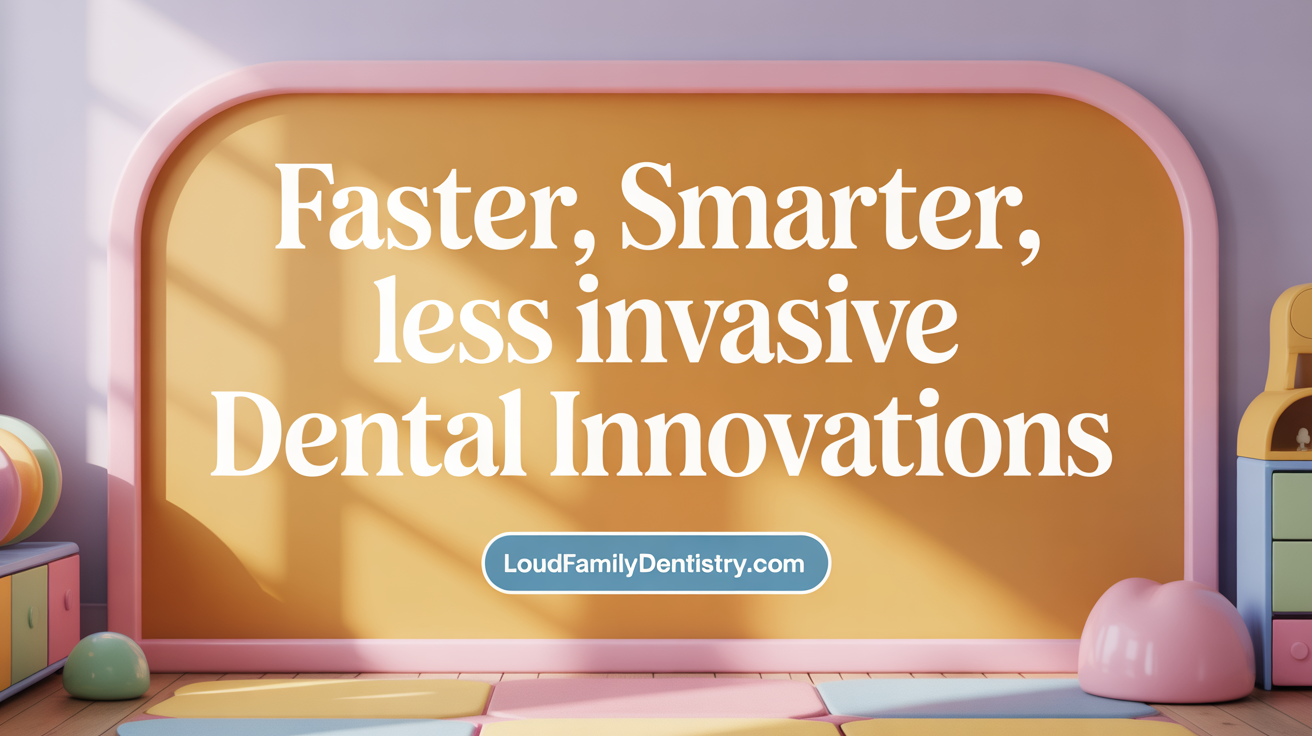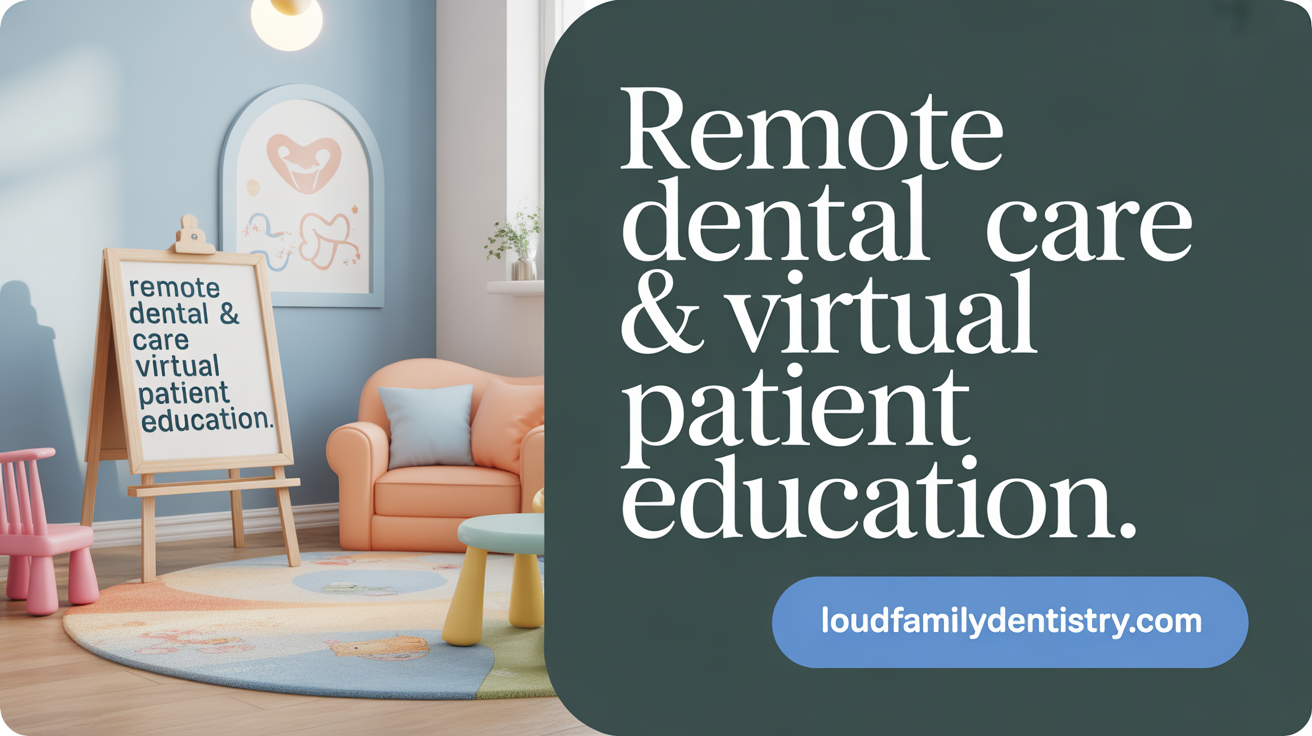Introduction to Modern Dental Advancements
Dental technology is undergoing a revolutionary transformation, reshaping how dental care is delivered and experienced by patients. From artificial intelligence and 3D printing to regenerative therapies and teledentistry, these innovations are enhancing diagnostic accuracy, treatment precision, and patient comfort. This article explores the cutting-edge dental technologies that are improving care quality, accessibility, and patient outcomes, while also highlighting future directions in the field.
Revolutionizing Diagnosis and Treatment Planning with Digital and AI Technologies

How has technology improved dental care for patients?
The advent of advanced digital and AI tools has transformed dental care, making diagnoses more accurate and treatment plans more personalized. Digital imaging systems like cone beam computed tomography (CBCT) and intraoral scanners allow dentists to visualize oral structures in three dimensions with remarkable detail. AI-powered analysis of digital X-rays and scans helps detect cavities, gum disease, and early signs of oral cancer sooner, leading to earlier intervention.
These innovations also streamline procedures. Laser dentistry and CAD/CAM technology enable faster, less invasive treatments with improved precision, reducing discomfort and healing time. Digital impressions replace traditional molds, making patient experiences more comfortable, while same-day crowns and restorations are now commonplace. Overall, these technological advances enhance diagnostic clarity, tailor treatments to individual needs, and improve patient outcomes.
What are some specific cutting-edge technologies transforming dentistry today?
Recent developments include infrared imaging systems like VELscope, which non-invasively aid in early oral cancer detection. CBCT offers detailed 3D imaging for precise surgical planning, especially for implants.
AI platforms such as Pearl and Overjet analyze imaging data to identify dental issues accurately and support treatment decisions. Intraoral scanners, produced by brands like iTero, generate real-time 3D models of teeth, enabling same-day restorations.
Additionally, innovations like 3D printing for creating custom prosthetics and surgical guides, along with teledentistry platforms, extend care access to remote areas. These technological strides continue to make dentistry more efficient, accurate, and patient-friendly.
| Technology | Main Use | Benefits |
|---|---|---|
| Cone Beam CT (CBCT) | 3D imaging for diagnosis and surgical planning | Precise visualization, lower radiation exposure |
| Intraoral Scanners | Digital impressions and model generation | Comfortable for patients, high accuracy |
| AI Diagnostics | Early detection of dental diseases from images | Improved early intervention, tailored treatments |
| Digital Impressions | Replacing traditional molds | Faster, more comfortable experience |
| Laser Dentistry | Soft and hard tissue treatment | Less pain, quicker healing |
| 3D Printing | Producing crowns, guides, and other restorations | Customization, quick turnaround |
Harnessing these technologies paves the way for more effective, comfortable, and accessible dental care, shaping the future of oral health.
Cutting-Edge Tools and Techniques Enhancing Patient Comfort and Efficiency

What benefits do innovative dental solutions offer to patients?
Modern dental treatments are now more comfortable and efficient than ever. Technologies like digital imaging, 3D printing, and laser tools allow for precise procedures that are less invasive, reducing pain, swelling, and healing times.
Same-day restorations, such as crowns and veneers, are made possible with CAD/CAM systems, minimizing multiple visits and providing instant results. Laser dentistry enables soft tissue procedures, cavity removal, and gum reshaping with minimal discomfort.
Smart toothbrushes and patient engagement technologies—like apps that monitor brushing habits—help users maintain better oral hygiene daily. These innovations encourage proactive care and reduce the likelihood of developing severe issues.
What are some specific cutting-edge technologies transforming dentistry today?
- Laser Dentistry: Uses focused light beams for soft and hard tissue treatments, leading to reduced pain and quicker recovery.
- CAD/CAM Systems: Allow the design and fabrication of dental restorations within a single appointment, increasing efficiency and convenience.
- In-Office 3D Printing: Facilitates rapid production of customized dental devices, including surgical guides, crowns, and orthodontic aligners.
- Smart Dental Devices: Such as sensor-equipped toothbrushes and apps that track and improve daily oral hygiene habits.
These advanced tools are reshaping patient experiences, making dental visits faster, more comfortable, and tailored to individual needs.
Expanding Access and Education Through Teledentistry, AR, and VR

How has technology improved dental care for patients?
Modern technology has significantly transformed dental care by making it more accessible, engaging, and comfortable for patients. Teledentistry, for instance, allows patients to consult with their dentists remotely via video calls or secure digital platforms. This advancement is particularly beneficial for those in rural areas, elderly individuals, or patients with mobility challenges, as it reduces the need for travel and in-person visits.
Augmented reality (AR) and virtual reality (VR) are innovative tools used to educate patients and improve their treatment experience. AR helps patients visualize their expected results from procedures such as orthodontics or cosmetic treatments. This visual preview enhances understanding, facilitates better decision-making, and boosts confidence in the treatment plan.
VR, on the other hand, offers immersive environments that can calm anxious patients before and during procedures. By providing relaxing virtual settings, VR reduces stress levels and enhances overall comfort.
Digital communication tools like patient portals, messaging apps, and health record systems further improve engagement by enabling easier appointment scheduling, timely updates, and direct communication with dental care providers. These technological advances lead to a more patient-centered approach, increasing satisfaction and health outcomes.
Regenerative Dentistry: The Future of Biological Restoration
What is regenerative dentistry and how does it enhance patient care?
Regenerative dentistry is an innovative field focused on repairing and regenerating damaged dental tissues using biological methods. Unlike traditional treatments that rely on synthetic materials or artificial implants, this approach harnesses stem cells, growth factors, and bioengineered scaffolds to stimulate the body's own capacity to heal.
By promoting natural tissue growth, regenerative dentistry can restore teeth, pulp, and jawbone more effectively and with less invasive procedures. For patients, this means faster healing, improved long-term oral health, and a more natural restoration of function and appearance.
Stem cell therapies and bioengineered scaffolds
Stem cell therapies stand at the core of regenerative dentistry. Researchers are developing techniques to harvest and manipulate stem cells derived from dental pulp, fat tissue, or bone marrow. These cells can differentiate into various cell types needed for tissue repair.
Bioengineered scaffolds act as frameworks that support stem cell growth and tissue formation. These scaffolds are designed to be biocompatible and sometimes biodegradable, providing a temporary structure that encourages the body to produce new, healthy tissue.
Gene editing technologies like CRISPR in oral health
Gene editing tools such as CRISPR are being explored to enhance regenerative processes. In dental applications, CRISPR can be used to modify genes associated with tissue degeneration or disease, making tissues more resilient.
For example, editing genes that control inflammation or bacterial resistance could lead to therapies that prevent cavities or periodontal disease, or even promote the regeneration of damaged tissues at a molecular level.
Innovative regenerative procedures to restore teeth and tissue
Emerging procedures involve implanting bioengineered tooth scaffolds combined with stem cells, which direct the growth of new, functional teeth. Researchers are also experimenting with techniques to regenerate dental pulp, potentially saving teeth that would otherwise require root canals.
These procedures aim to replace artificial restorations with biologically grown tissues, significantly advancing dental restoration practices.
Potential to replace artificial restorations with biological regeneration
The long-term goal of regenerative dentistry is to eliminate the need for artificial materials like crowns and implants. Instead, novel treatments could enable the body to repair or grow new teeth and supporting tissues naturally.
This approach not only promises more durable and seamless repairs but also aligns with the trend toward minimally invasive, biologically based dental care. As research progresses, biological regeneration could become the standard of care, transforming the future landscape of dentistry.
Looking Ahead: Emerging Trends Shaping the Future of Dental Care
The future of dental technology is poised for remarkable growth, driven by advancements that aim to make treatments more personalized, minimally invasive, and accessible.
One significant direction is the integration of artificial intelligence (AI) and machine learning. These tools analyze patient data, radiographs, and imaging to enable early detection of conditions such as cavities, gum disease, and oral cancers. AI is also used to develop tailored treatment plans and predict outcomes, enhancing the efficiency and accuracy of care.
In addition to AI, diagnostic imaging methods are advancing rapidly. Cone beam computed tomography (CBCT) provides detailed 3D views of the jaws and teeth, crucial for precise surgical planning. Emerging diagnostic techniques like salivary testing and near-infrared imaging promise to detect diseases at their earliest stages, possibly even before symptoms appear.
Innovations in minimally invasive treatments continue to evolve. Procedures utilizing lasers and air-abrasion technology significantly reduce patient discomfort and healing times. Combined with regenerative dentistry techniques that leverage stem cells and biologic materials, these advancements aim to enable teeth to heal or regrow, potentially eliminating the need for artificial replacements.
Wearables and mobile applications are transforming patient engagement and remote monitoring. Devices linked to smartphone apps can track oral health metrics, monitor postoperative recovery, and send alerts for daily hygiene habits, fostering proactive care.
Next-generation dentistry will also incorporate robotics, augmented reality (AR), and virtual reality (VR). Robotic-assisted procedures improve precision during surgeries, while AR and VR are employed for patient education, visualizing potential outcomes before treatment begins. These technologies enhance both the clinician’s capabilities and patient understanding, reducing anxiety and increasing satisfaction.
Overall, these technological trends will lead to more effective, comfortable, and accessible dental care, shaping an innovative future for the industry.
Conclusion: A New Chapter in Dental Care
Innovative dental technologies are fundamentally transforming how oral healthcare is delivered, making it more precise, comfortable, and accessible. From AI-enhanced diagnostics and personalized treatment planning to minimally invasive lasers and biologically-driven regeneration, these advancements improve outcomes and patient satisfaction. Coupled with digital communication, teledentistry, and immersive education tools, the future holds tremendous promise for both practitioners and patients. As these technologies continue to evolve, they will redefine dental care, emphasizing holistic, efficient, and patient-focused solutions that empower healthier smiles worldwide.
References
- 9 Technologies That Will Shape The Future Of Dentistry
- 5 Innovations That Could Improve Your Teeth
- Top Dental Technologies Transforming Patient Care in 2025
- Innovative Dental Technologies Transforming Patient Care
- Innovative Dental Tools and Techniques for 2024 | Hillsborough, NC
- Influence of New Technology in Dental Care: A Public Health ...
- Emerging Technologies in Dentistry: Revolutionizing Oral Health ...
- Innovative Dental Technologies: How They're Changing Patient Care
- Top Innovations in Dental Technology: Enhancing Care Schaumburg
- Top 5 Dental Technologies Changing Patient Care in 2025
